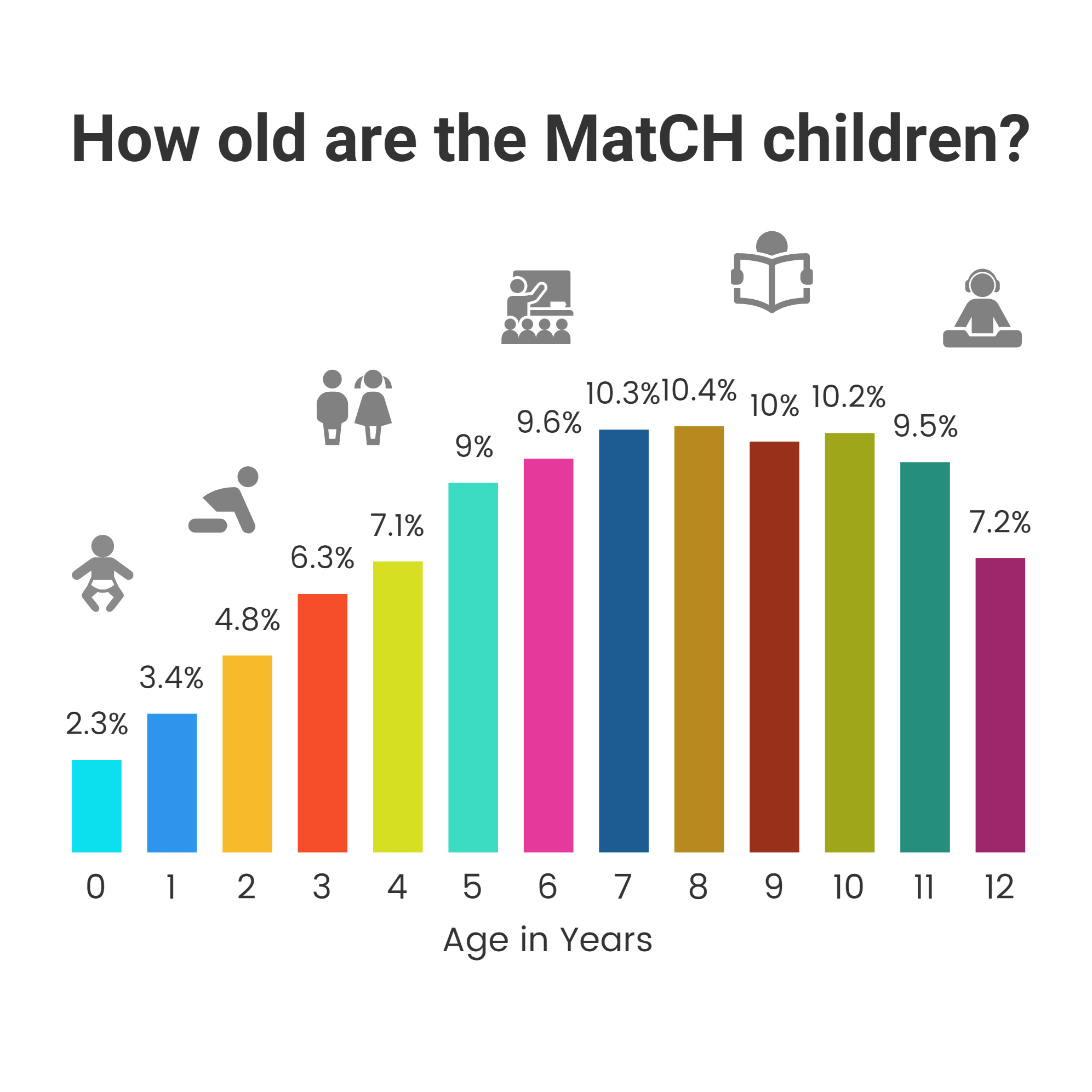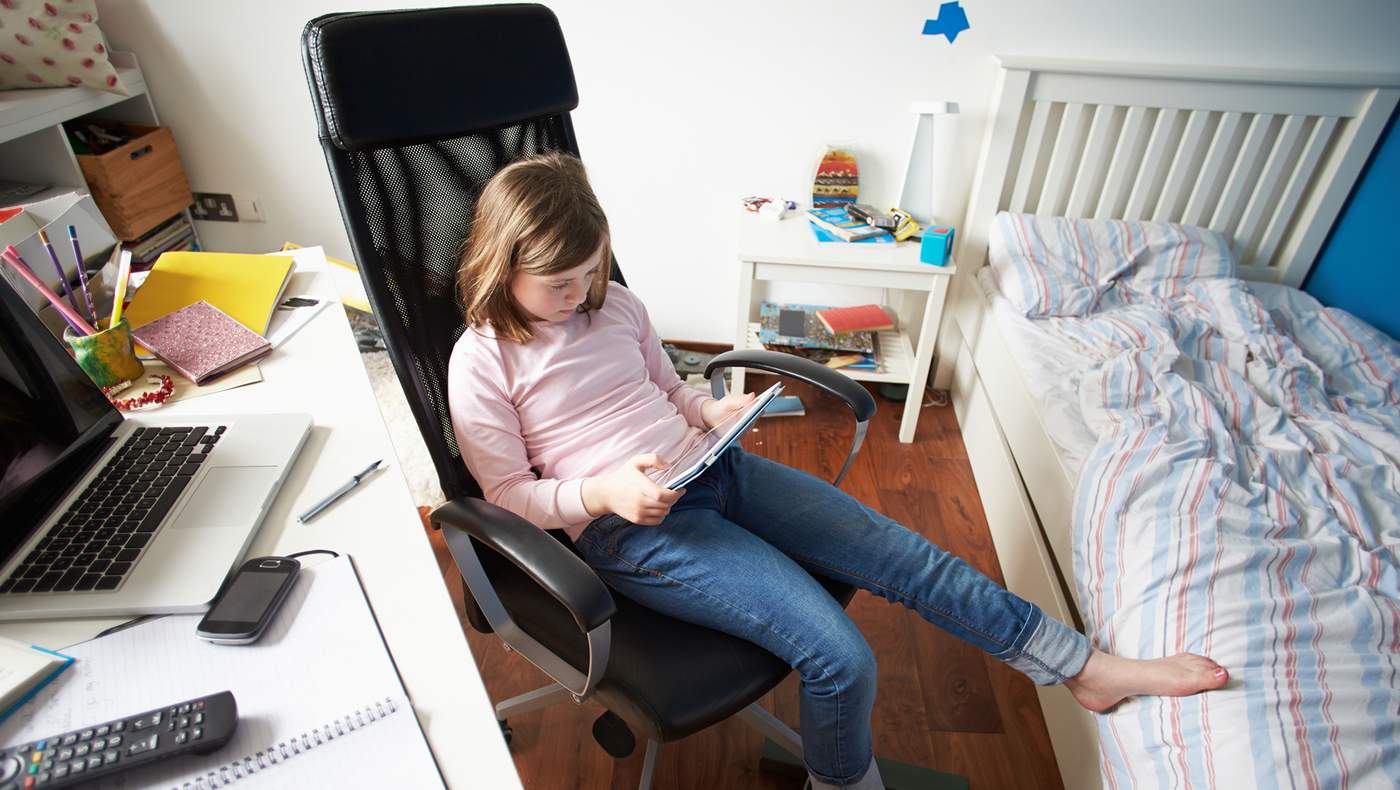In August 2016, mothers with children aged under 13 from the Women's Health Australia 1973-78 cohort were invited to take part in the Mothers and their Children’s Health (MatCH) substudy. The substudy provides a unique opportunity to explore the health and wellbeing of children in relation to their mother’s health.
We’d like to say a great big THANK YOU to all the mothers who generously give up their time and told us about their children and families.
The survey asked about:
• childcare
• health care
• family size
• infant feeding
• physical activity
• sleep
• parenting
• emotional development
• social development
• physical development
It also included questions on factors that are of specific interest to researchers, policy makers and health professionals, such as screen time and the size of yards. In combination with the Women's Health Australia data, this child and family information will enable us to look at links between the history of maternal health and wellbeing, along with family characteristics, and children’s health and development.
This research will help us to better understand the drivers of good health and development, which in turn will help researchers and policy makers to design interventions and shape policy to improve the lives of kids and families in Australia.
Results
We had an excellent response with 47.8% of eligible mothers (3039 in total) completing surveys on 5779 children. There was a roughly even number of girls and boys with 52% girls, and 48% boys.


In the infographics below you will see a brief glimpse of some of the data collected so far. In the months ahead our researchers will dig deeper into the survey results to start analysing your responses.

Mothers reported that 19% of their children have a skin allergy like eczema and 11% have asthma. And even though we hear a lot of about it, only 4% of children have hyperactivity.

We asked about children's daily diets and mothers told us that their kids are eating breads and cereals, meat, and vegetables frequently through the day and getting lots of water. One third of children drink fruit juice every day.
These numbers give a general idea of what our children eat on an average day. The recommended number of food serves depends on the age of your child. You can calculate how much of each food group your child should eat at eatforhealth.gov.au
We were interested to see what children's bedrooms look like. Mothers told us that five percent of children have a computer or electronic games in their bedroom, six percent have a TV, and 29% have a mobile device. We're happy to see that 91% also have books in their bedrooms.
We asked about children's difficulties with emotions, concentration, behaviour and relationships with others. Thirty-five percent of children had minor to severe difficulties in these areas. These difficulties:
• upset or distressed 23% of these children
• interfered with 19% of these family’s home lives
• interfered with friendships in 15% of these children
• interfered with learning in 22% of these children
• were a burden on 21% of these families.
Around five percent of children had a delay in communication development. And eight percent had a delay in gross motor development.






